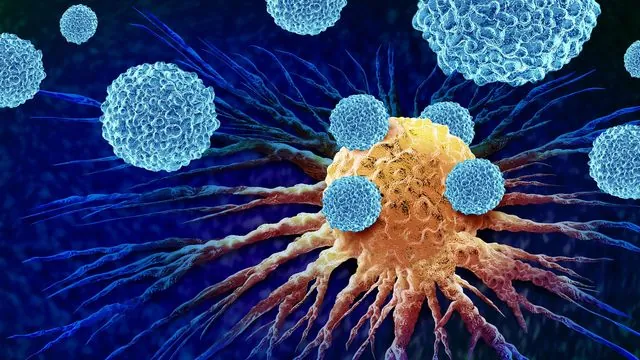
Groundbreaking “Alzheimer’s in a Dish” Model Revolutionizes Drug Discovery for Alzheimer’s Disease
2024-11-28
Author: Wei Ling
Introduction
In an exciting advancement for Alzheimer’s disease research, a decade-old model known as "Alzheimer's in a Dish" has garnered attention for its ability to closely mimic the changes occurring in the brains of patients over a span of 10 to 13 years within just six weeks. Conducted by researchers from Mass General Brigham and Beth Israel Deaconess Medical Center (BIDMC), this study employs an innovative algorithm to assess how accurately this model reflects the complex biochemical environment of Alzheimer’s patients, paving the way for more effective drug discovery.
The Model's Significance
Co-senior author Dr. Doo Yeon Kim of Massachusetts General Hospital emphasized the model's potential, stating, “Our goal is to find the best model with the most similar activity to what we see in the brains of patients with Alzheimer’s disease. We developed this 3D cell culture model for Alzheimer’s 10 years ago, and now we have the data that show that this model can accelerate drug discovery.”
Comparison with Traditional Models
This revolutionary study shines a light on the limitations of traditional mouse models, which often fail to replicate critical Alzheimer's markers such as amyloid plaques. Researchers have struggled for years to find a model that accurately reflects the disease's molecular and functional changes until now.
Innovative Approach
Co-senior author Dr. Winston Hide from BIDMC noted, “We faced a fundamental challenge: understanding which models truly reflect the complexity of Alzheimer’s in the human brain. By shifting focus from individual genes to the broader biological pathways they shape, we’ve created a system that transforms how we discover and test drugs.”
The Pathway Analysis Platform
Under the leadership of Drs. Pourya Naderi Yeganeh and Sang Su Kwak, the research team introduced an integrative pathway activity analysis (IPAA) platform, allowing them to identify critical dysregulated biological pathways shared between brain samples from deceased Alzheimer’s patients and their 3D cellular models. Astonishingly, they uncovered 83 different pathways that are significantly impacted by the disease.
Focus on the p38 MAPK Pathway
Among these pathways, the study highlighted the p38 mitogen-activated protein kinase (MAPK) pathway, testing drugs that target it. Remarkably, the researchers found that a clinical p38 MAPK inhibitor—still untested in Alzheimer’s patients—was highly effective in reducing Alzheimer’s pathology in the model. This significant discovery not only opens the door for future clinical trials but also hints at the potential for re-examining existing drugs for unexpected efficacy in combating Alzheimer’s.
Advantages of the New Model
The star of the show, however, is the model's ability to allow rapid testing of multiple drugs simultaneously, significantly expediting the process of identifying potential therapies. The researchers have already begun testing hundreds of approved drugs and natural substances through the "Alzheimer's in a Dish" model, setting the stage for clinically meaningful results that could transform treatment options for Alzheimer’s patients.
Conclusion and Future Implications
Co-senior author Dr. Rudolph Tanzi expressed optimism about the implications of this research, stating, “Now we have a system that not only allows us to test new drugs quickly but also an algorithmic platform that can predict which drugs will work best. Together, these advancements bring us closer to finding better drugs and getting them to patients."
With these exciting developments, the future of Alzheimer’s research appears brighter, offering hope for millions affected by this devastating disease and highlighting the potential for accelerated drug discovery processes that may soon lead to effective treatments.

 Brasil (PT)
Brasil (PT)
 Canada (EN)
Canada (EN)
 Chile (ES)
Chile (ES)
 España (ES)
España (ES)
 France (FR)
France (FR)
 Hong Kong (EN)
Hong Kong (EN)
 Italia (IT)
Italia (IT)
 日本 (JA)
日本 (JA)
 Magyarország (HU)
Magyarország (HU)
 Norge (NO)
Norge (NO)
 Polska (PL)
Polska (PL)
 Schweiz (DE)
Schweiz (DE)
 Singapore (EN)
Singapore (EN)
 Sverige (SV)
Sverige (SV)
 Suomi (FI)
Suomi (FI)
 Türkiye (TR)
Türkiye (TR)